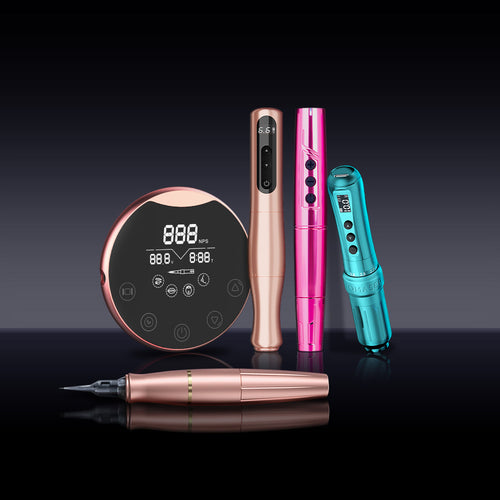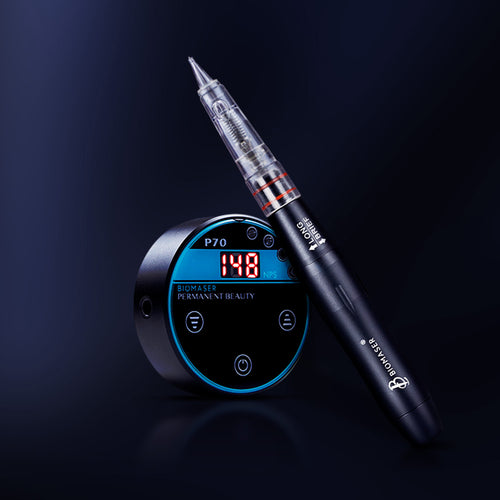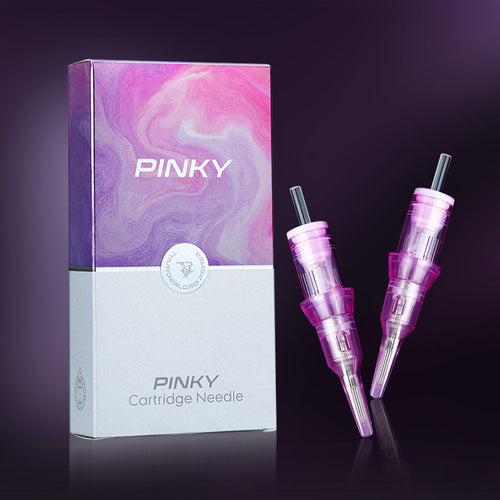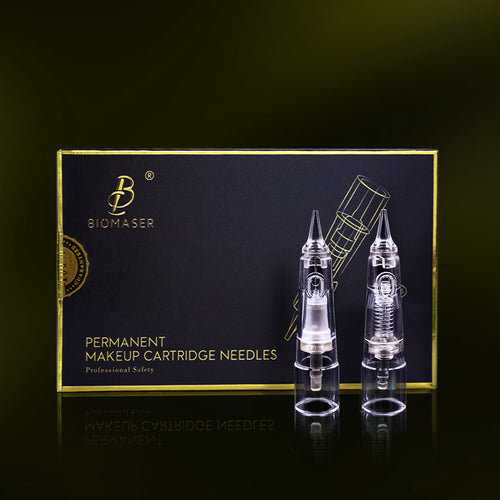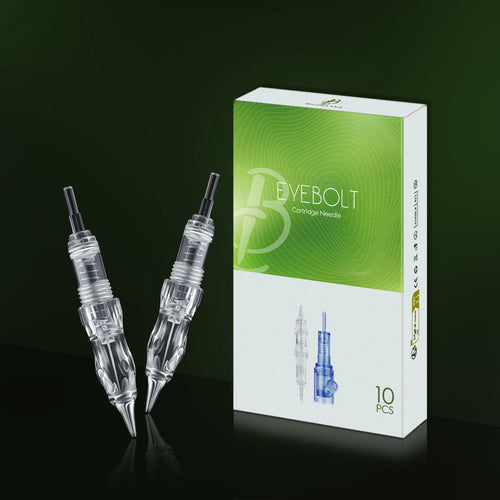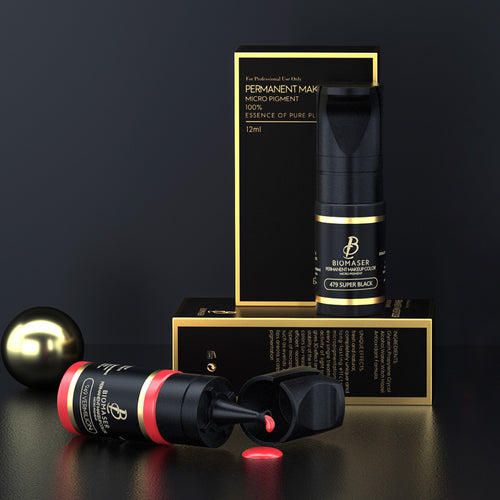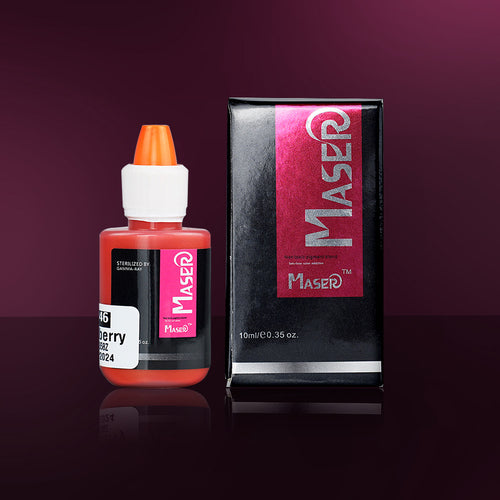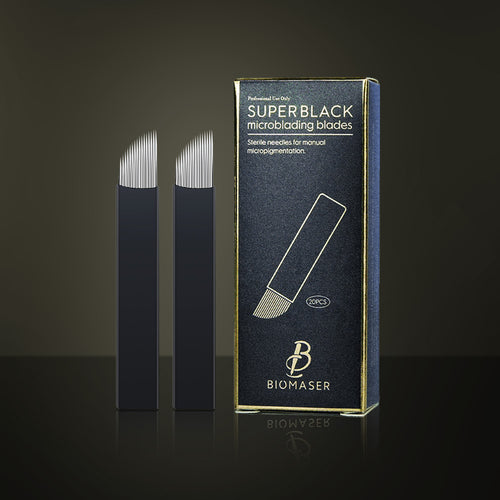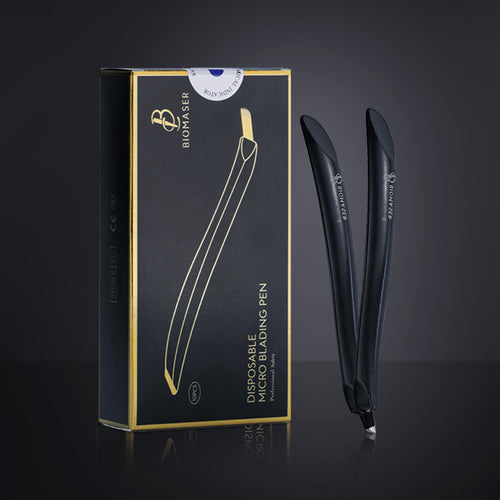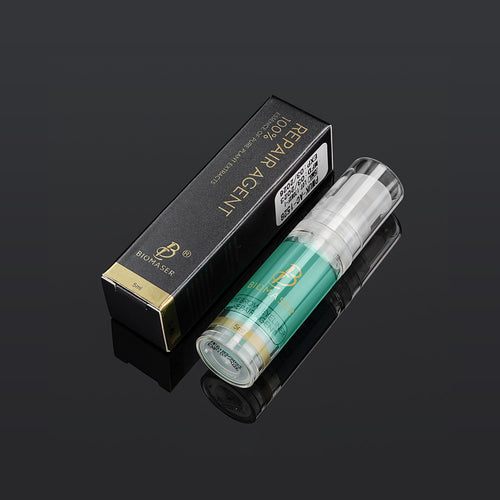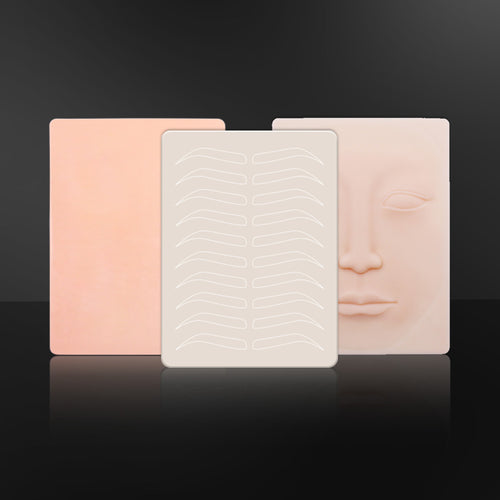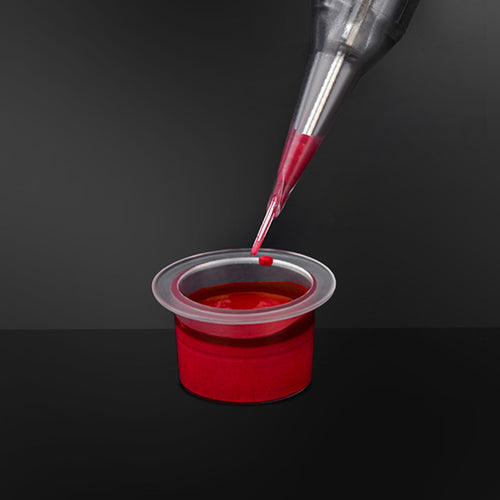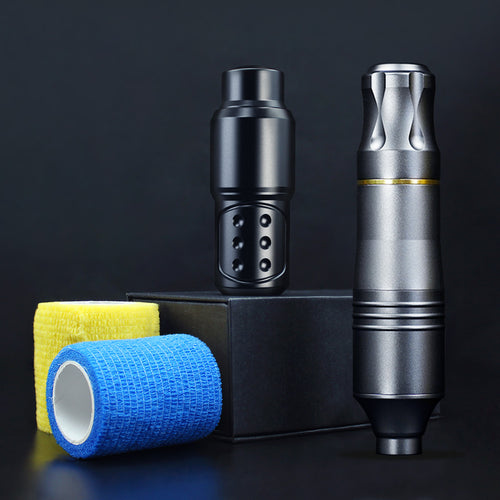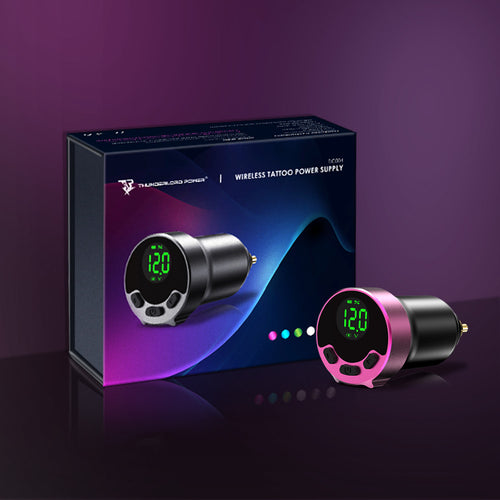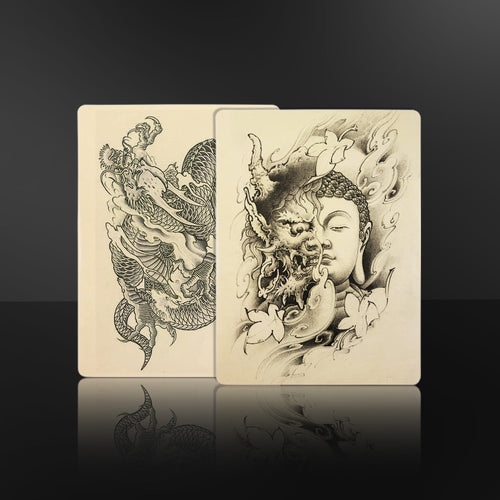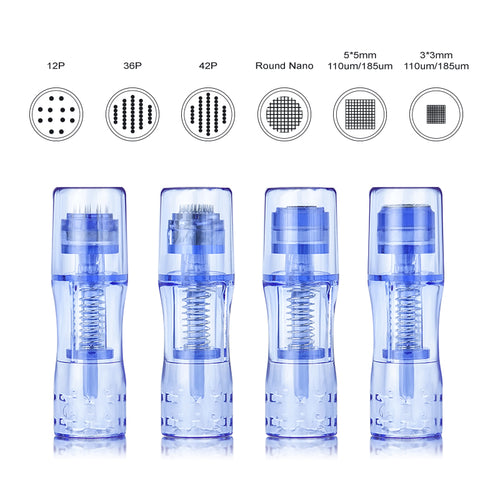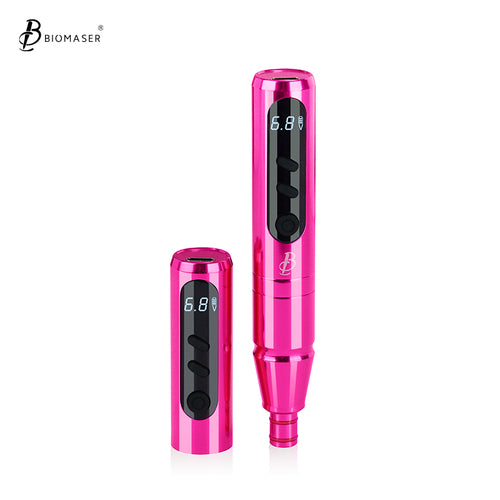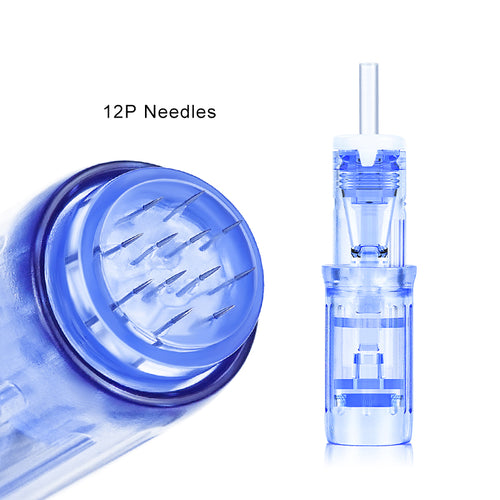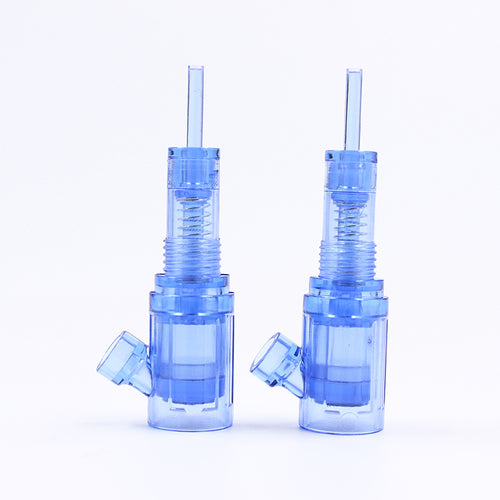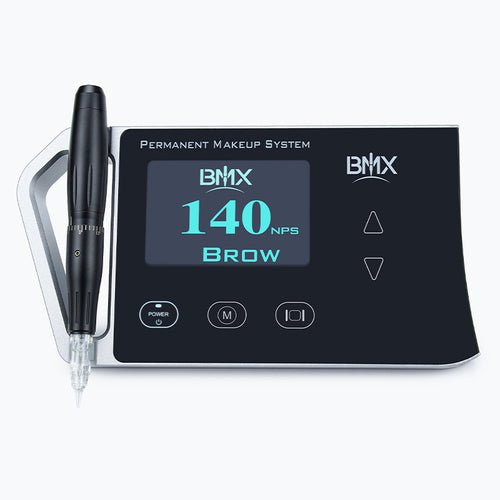Permanent Makeup Pigments: Choosing the Right Colors for Long-lasting Beauty

Permanent makeup (PMU) has gained popularity for its ability to enhance natural beauty with long-lasting results. The pigments used in these procedures play a crucial role in determining the outcome, longevity, and safety of treatments such as microblading, eyeliner, and lip color. Choosing the right permanent makeup pigments involves understanding their properties, interaction with different skin tones, and application in various techniques.

What Are Permanent Makeup Pigments?
Permanent makeup pigments are specially formulated, cosmetic-grade colorants designed for implantation within the dermis, the second layer of the skin. These pigments are typically made from a blend of cosmetic-grade inorganic iron oxides and organic compounds, bound with emulsifiers to ensure stability and safety. When choosing pigments, several factors should be considered:
- Natural Skin Color: The client's skin tone plays a vital role in selecting the right pigment shade.
- Existing Skin Discolorations: Any blemishes or discolorations must be taken into account to achieve a uniform appearance.
- Desired Intensity: The final look's intensity is influenced by both the pigment's quality and the artist's skill.
- The Quality of the Pigments: Superior-quality pigments should ideally be non-allergenic and resistant to chemicals. They should also maintain stability under UV exposure, guaranteeing their longevity.
- The Concentration Level:This will influences the depth and durability of the color. However, higher concentrations can increase the risk of irritation or complications, making it essential to conduct patch tests prior to the procedure to determine any potential allergic reactions.
Note: Although a more vivid color might initially appear more appealing, it's fundamental to consider the associated risks of heightened skin irritations or complications.
How to Choose Pigment Colors for Various Permanent Makeup Treatments
The pigment color chosen depends mainly on the type of permanent makeup procedure being performed.
- For instance, black and brown pigments work best for microblading eyebrows to create a natural and realistic look.
- For micro shading, grey and taupe pigments blended with brown can work well to achieve a softer, faded effect.
- Permanent eyeliner procedures require pigments like deep blues, grays, blacks, and dark browns.
- For lip color, a wide range of pigments, from pale pink and rose to rich berries and deep wine reds, can be used depending on the desired effect and skin tone.
- Neutral pigment colors like taupe and khaki work well for areola and nipple procedures.
The skill and expertise of the technician also play a role in determining which pigment colors will yield the best results for individual clients.

How to Match Pigment Selection to PMU Techniques
Besides considering permanent makeup procedures, you also need to think about what PMU techniques you'll use:
Three-Needle Dotting Technique
The Three-Needle Dotting Technique is primarily used in two applications. For eyeliner procedures, it requires liquid-based, quick-drying pigments paired with high-frequency machine operation. Fast rotation and piercing speed for quick color application.
In contrast, when used for Ombre Brows, this technique works best with creamy, slow-drying pigments as it involves shading larger areas, with the pigment staying on the needle tip for a longer time.
Note: Finely textured pigments make application easier and more efficient.
Single-Needle Scraping Technique
The Single-Needle Scraping Technique performed with either semi-thrown or fully thrown machines, is particularly suited for creating Hair-Stroke Brows.
This method requires liquid-based, quick-drying pigments to achieve fine, crisp lines without burrs. The technique typically employs high-frequency operation to ensure precise control. For best results, the color should be applied in one continuous stroke, and artists should avoid reworking the lines repeatedly as this can create unwanted burrs and compromise the natural appearance of the brows.
Multi-Needle Sweeping Technique
This technique is commonly used in Natural Lip Procedures, the choice of pigment consistency is crucial. The procedure calls for liquid-based, quick-drying pigments, but the consistency must be carefully balanced. The pigment should be thick enough to adhere to the needle properly, as pigments that are too thin may lead to empty needle runs, which can compromise the quality of the procedure.
Tips for Long-lasting Beauty and Pigment Retention
To ensure long-lasting beauty and maximum pigment retention from permanent makeup procedures, consider the following tips:
- Choose pigments with higher concentration levels for longer-lasting results. However, test patches are recommended first to assess irritation.
- Opt for pigments made specifically for permanent makeup that are stable, non-toxic, and resist fading.
- Have the procedure done by an experienced and skilled permanent makeup artist who can advise on the best pigment colors for your skin tone and desired outcome.
- Follow all aftercare instructions to minimize pigment loss from shedding, sun exposure, irritation, and trauma during the healing process.
- Avoid pick-me-up treatments for at least 3 months to allow the pigment granules to settle fully into the dermis. Any early procedures can disturb the pigment and cause loss.
- Exfoliate and moisturize the treated area regularly to maintain healthy skin and optimum pigment retention.
- Use sunscreen daily to shield pigmented areas from the sun's damaging UV rays and prevent fading over time.
To conclude, for long-lasting and optimal results from permanent makeup procedures, it's crucial to select quality pigments, engage experienced professionals, adhere to aftercare instructions, and maintain the treated skin properly.

Biomaser's Series Safe Pigments Can Meet Your Needs
With 19 years of dedication to developing safe, high-quality PMU pigments, Biomaser is certified to meet the "REACH EU Permanent Cosmetics" standards. Their commitment to excellence is reflected in the following key advantages:
Better Coloring
Overcomes issues with high-frequency techniques where large surfaces are hard to color. Using ultra-fine 0.020um nanoparticles ensures easy absorption in one application, eliminating the need for repeated layering.
Better Color Retention
Resolves issues with low-frequency sweeping, such as poor color retention or flaking during healing. The exclusive BIO-COLOR Lock Formula is compatible with all skin types (oily, dry, or sensitive) and is enhanced with plant-extract repair technology for natural and seamless integration with the skin.
Good Color Stability
Prevents post-healing color changes such as greying or uneven tones through a specially adjusted golden ratio formula, ensuring long-term stability without separation or greying.
Superior Safety
Guarantees safe and worry-free ingredients with plant-based pigments that have been rigorously tested over 19 years in 100,000-level purified cleanrooms, pigment research laboratories, microbial testing facilities, and more.
Biomaser ensures cutting-edge craftsmanship and adherence to international standards, backed by certifications from REACH, CE, SGS, CPNP, FDA, Dermatest, and more. By choosing the right pigments, you can eliminate operational challenges in PMU and avoid technical and long-term issues entirely.
Choose the Right Permanent Makeup Pigments for Optimal Results
Picking the right pigments for permanent makeup is important for getting natural, long-lasting, and beautiful effects. The best color shades depend greatly on your skin tone, the process you choose, and the desired result. Before choosing a pigment, it's important to do a lot of study, talk to experienced experts, and think about all your choices. By following the care instructions given after surgery and sticking to the right skin care routines, you can make sure that the color stays in place and your makeup lasts longer.
